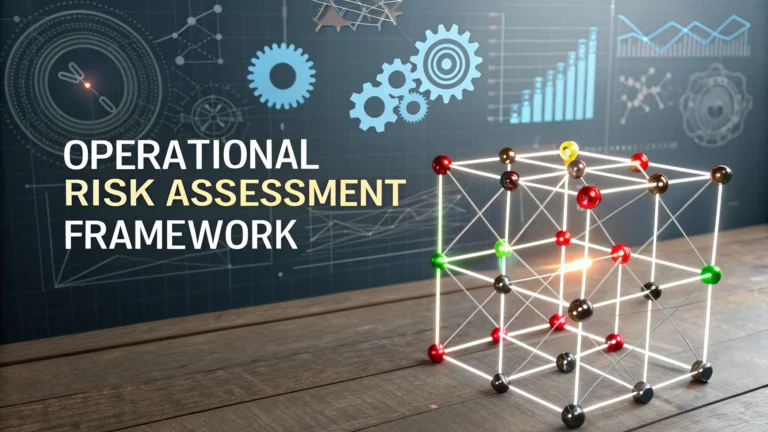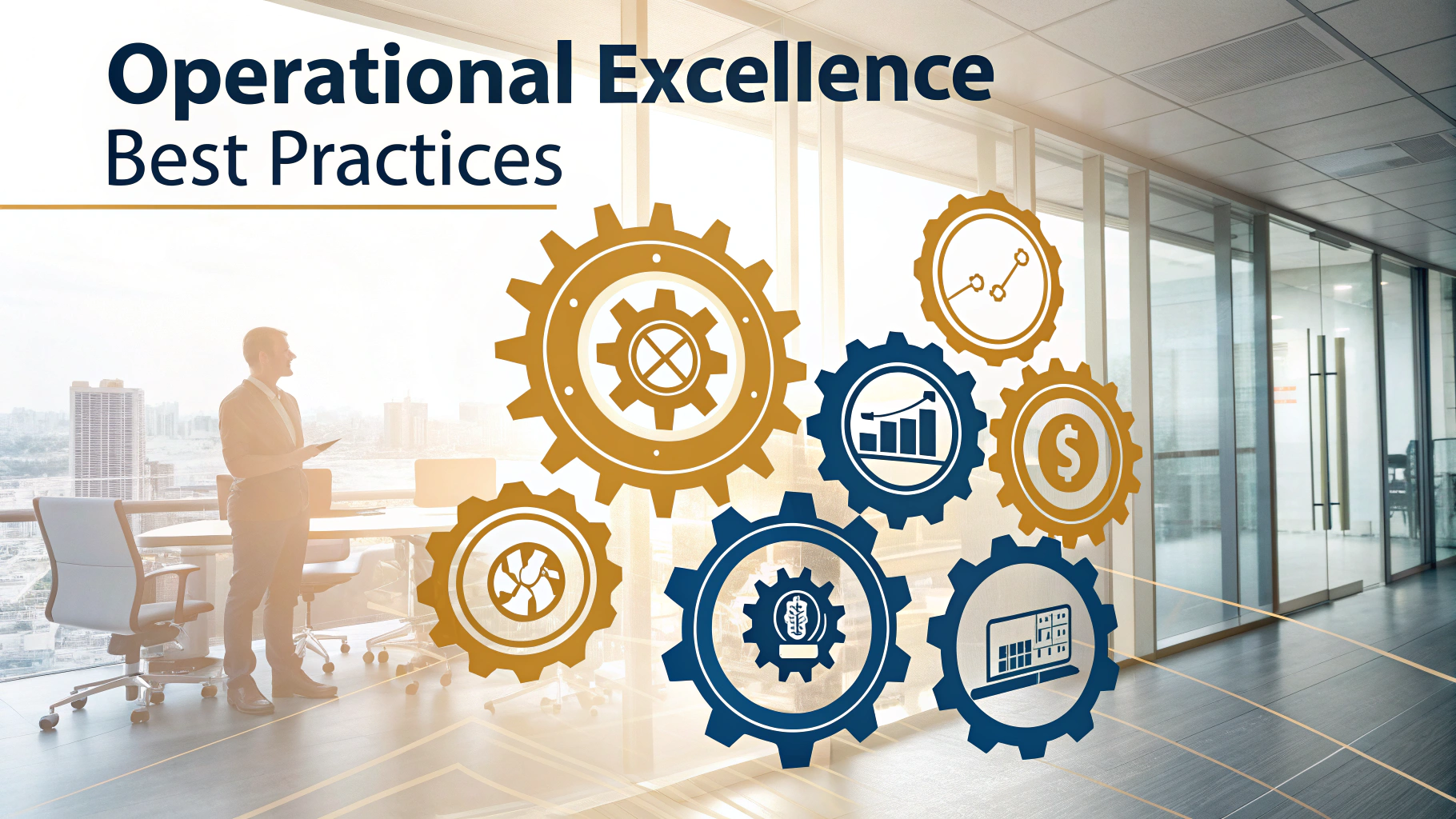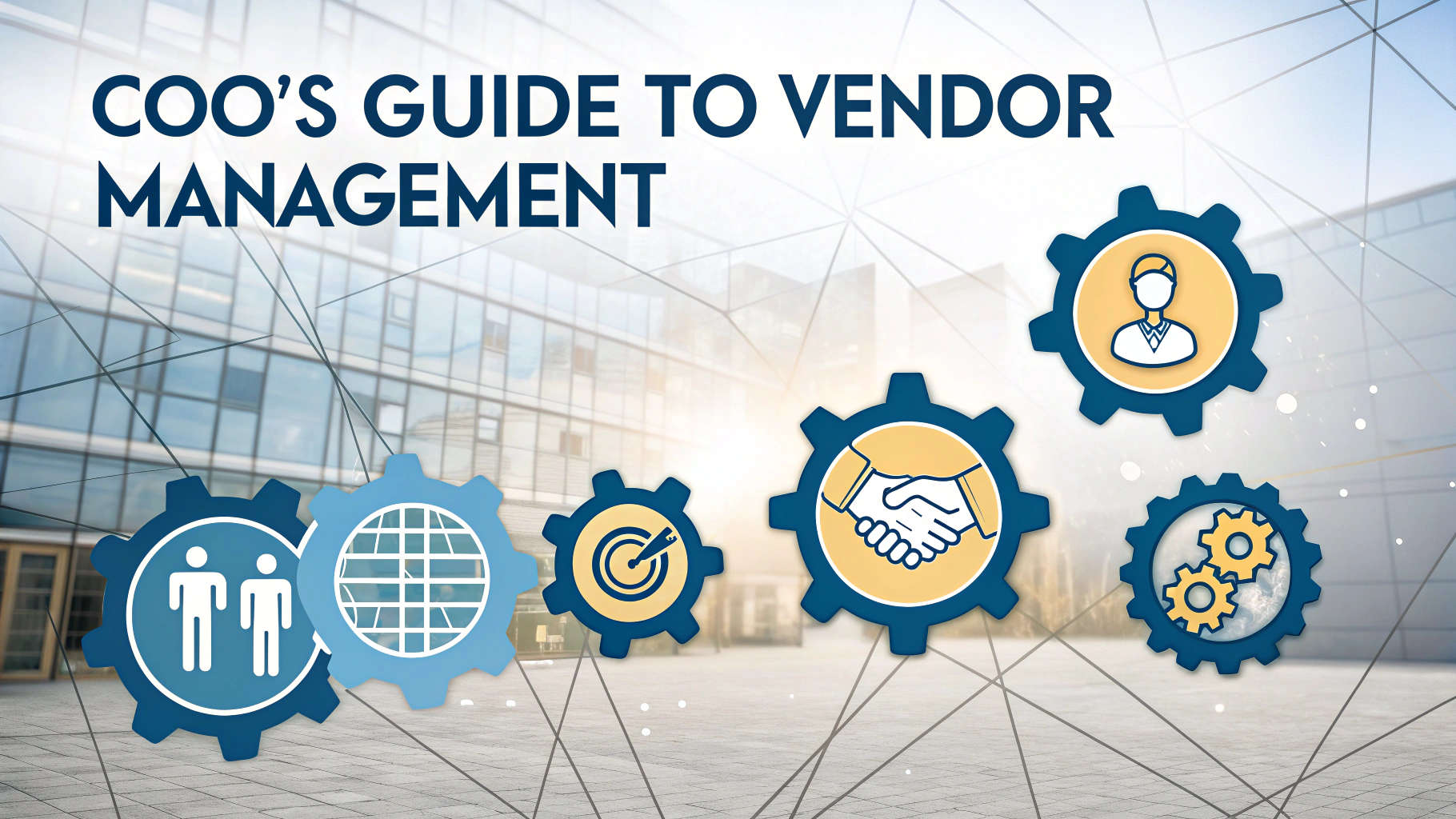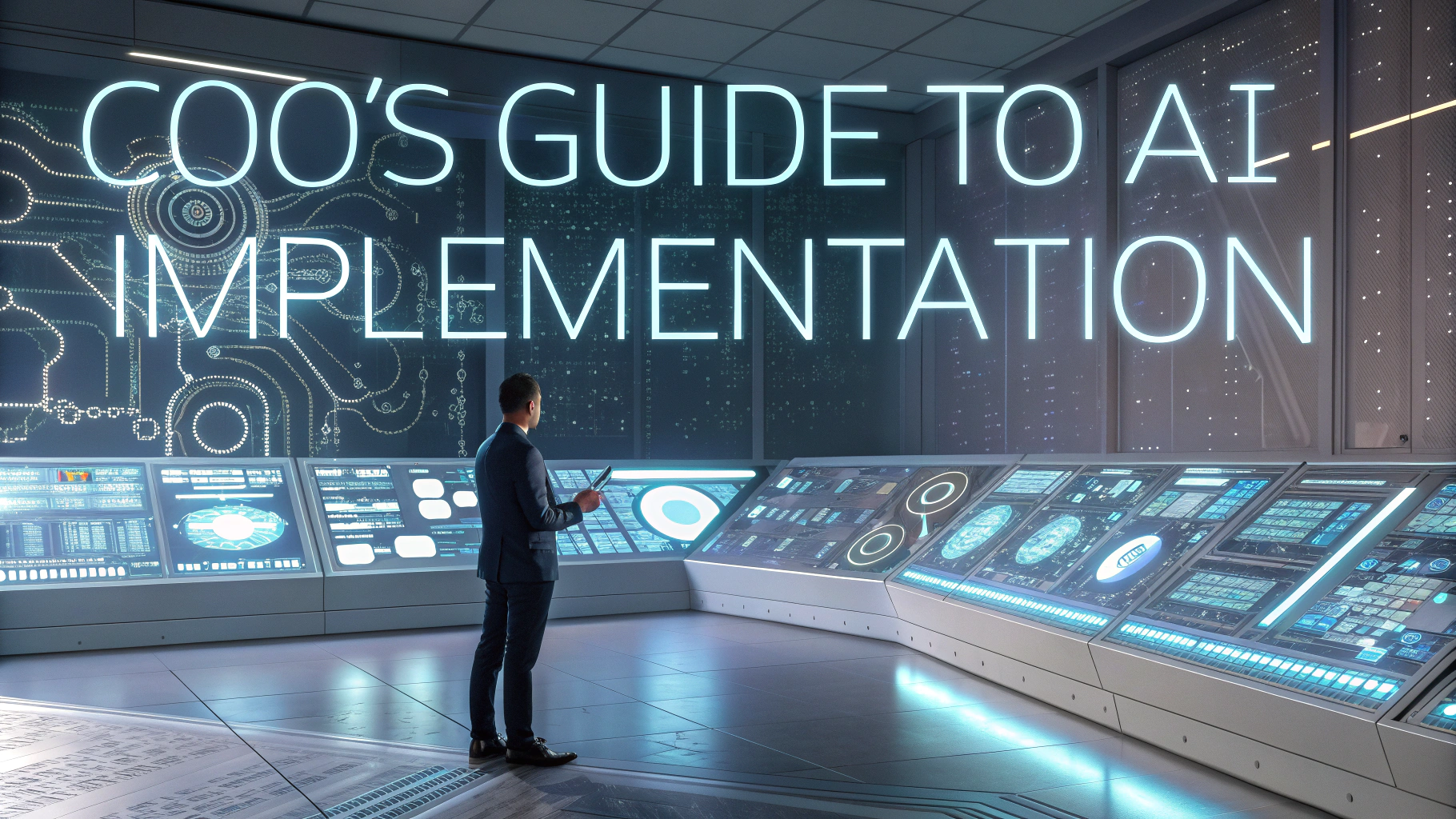Risk management frameworks help organizations identify, assess and mitigate potential operational threats to their business activities.
Implementing an Operational Risk Assessment Framework provides structured methods to evaluate and address risks that could impact daily operations, financial performance, and organizational reputation.
This guide outlines key components of an effective risk assessment framework and practical steps for implementation across your organization.
Core Components of an Operational Risk Framework
- Risk Identification: Systematic process to spot potential operational risks
- Risk Assessment: Analysis of likelihood and potential impact
- Control Measures: Implementation of risk mitigation strategies
- Monitoring: Ongoing evaluation of framework effectiveness
- Reporting: Regular updates to stakeholders on risk status
Risk Categories to Consider
| Category | Examples |
|---|---|
| Process Risk | System failures, human error, procedure gaps |
| People Risk | Staff turnover, skill gaps, misconduct |
| Technology Risk | IT outages, cybersecurity threats, data loss |
| External Risk | Vendor issues, regulatory changes, natural disasters |
Implementation Steps
- Establish Leadership Buy-in
Secure executive support and necessary resources for framework implementation.
- Form Risk Assessment Team
Assemble cross-functional experts to oversee the assessment process.
- Document Current Processes
Map existing operational procedures and control measures.
- Conduct Risk Assessment
Evaluate identified risks using standardized criteria.
- Develop Action Plans
Create specific strategies to address identified risks.
Best Practices for Risk Assessment
- Use quantitative and qualitative methods for risk evaluation
- Maintain clear documentation of all risk assessments
- Review and update framework regularly
- Train staff on risk identification and reporting
- Establish clear escalation procedures
Recommended Tools and Resources
- Risk Assessment Software: ServiceNow GRC, MetricStream, LogicManager
- Industry Standards: ISO 31000, COSO Framework
- Professional Organizations: Risk Management Society (RIMS), Institute of Risk Management (IRM)
Moving Forward with Risk Management
Regular review and updates of your operational risk framework ensure continued effectiveness in protecting your organization.
Contact professional risk management associations or certified consultants for specialized guidance in implementing your framework.
For more information, reach out to RIMS at +1-212-286-9292 or visit www.rims.org.
Performance Measurement and Metrics
- Key Risk Indicators (KRIs): Establish measurable metrics to track risk levels
- Risk Tolerance Thresholds: Define acceptable ranges for each metric
- Regular Reporting Cycles: Set clear timelines for performance reviews
- Dashboard Development: Create visual representations of risk status
Integration with Business Strategy
- Align risk framework with organizational objectives
- Incorporate risk assessment into strategic planning
- Consider risk appetite in decision-making processes
- Balance risk management with growth opportunities
Strategic Integration Steps
- Map risk framework to business goals
- Identify strategic risk triggers
- Develop response strategies
- Monitor strategic alignment
Continuous Improvement Process
- Regular Audits: Schedule periodic framework reviews
- Feedback Loops: Gather input from stakeholders
- Update Procedures: Revise based on lessons learned
- Technology Integration: Implement new risk management tools
Securing Long-Term Risk Management Success
Building a resilient operational risk framework requires ongoing commitment, regular updates, and active participation across all organizational levels. Organizations should focus on creating a risk-aware culture while maintaining flexibility to adapt to emerging challenges.
Remember that effective risk management is not a one-time project but an evolving process that grows with your organization. Stay connected with industry developments and maintain open communication channels with stakeholders to ensure continued framework effectiveness.
Transform your risk management approach into a competitive advantage by consistently reviewing, updating, and strengthening your framework in response to changing business landscapes.
FAQs
- What is an Operational Risk Assessment Framework (ORAF)?
An Operational Risk Assessment Framework is a structured approach to identifying, evaluating, and managing potential operational risks that could impact an organization’s business objectives and daily operations. - What are the key components of an ORAF?
The key components include risk identification, risk assessment matrices, control mechanisms, monitoring systems, reporting structures, mitigation strategies, and continuous improvement processes. - How does the Chief Operating Officer (COO) utilize the ORAF?
The COO uses the ORAF to oversee risk management processes, allocate resources effectively, implement control measures, and ensure operational resilience across all business units. - What are the primary operational risks that COOs typically monitor?
Primary operational risks include process failures, technology disruptions, human errors, external events, regulatory compliance issues, supplier/vendor risks, and business continuity threats. - How often should operational risk assessments be conducted?
Operational risk assessments should be conducted quarterly for high-risk areas, annually for general operations, and immediately following significant organizational changes or incidents. - What role does technology play in operational risk assessment?
Technology enables automated risk monitoring, data analytics for risk prediction, incident tracking systems, and integrated reporting platforms for real-time risk visibility. - How can operational risks be effectively measured and quantified?
Operational risks are measured through key risk indicators (KRIs), loss event data, risk and control self-assessments (RCSAs), and statistical analysis of historical incidents. - What are the best practices for operational risk reporting to stakeholders?
Best practices include regular dashboard updates, standardized reporting formats, clear risk metrics, trend analysis, impact assessments, and actionable recommendations for risk mitigation. - How does the ORAF integrate with business continuity planning?
The ORAF provides critical input for business continuity planning by identifying potential disruptions, establishing response protocols, and ensuring appropriate recovery strategies are in place. - What are the regulatory requirements related to operational risk management?
Regulatory requirements vary by industry but typically include maintaining documented risk assessment procedures, regular reporting to regulatory bodies, and compliance with industry-specific standards.







